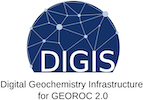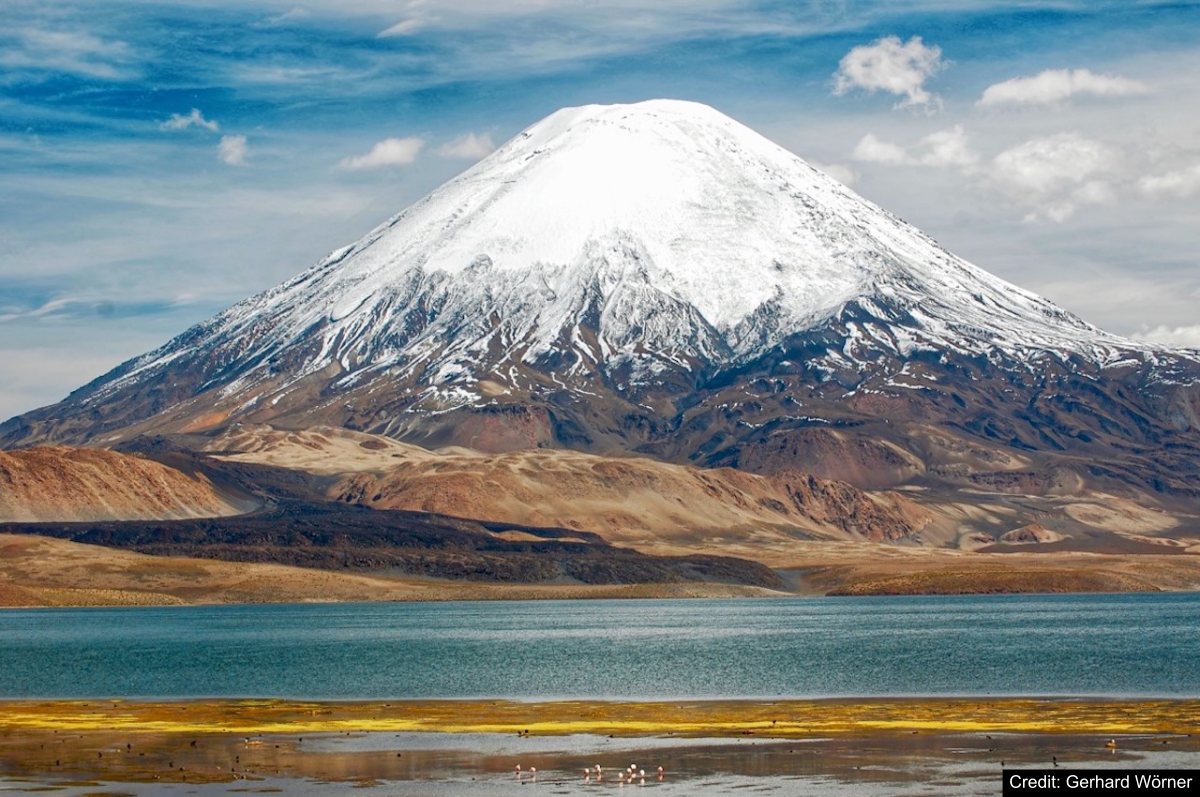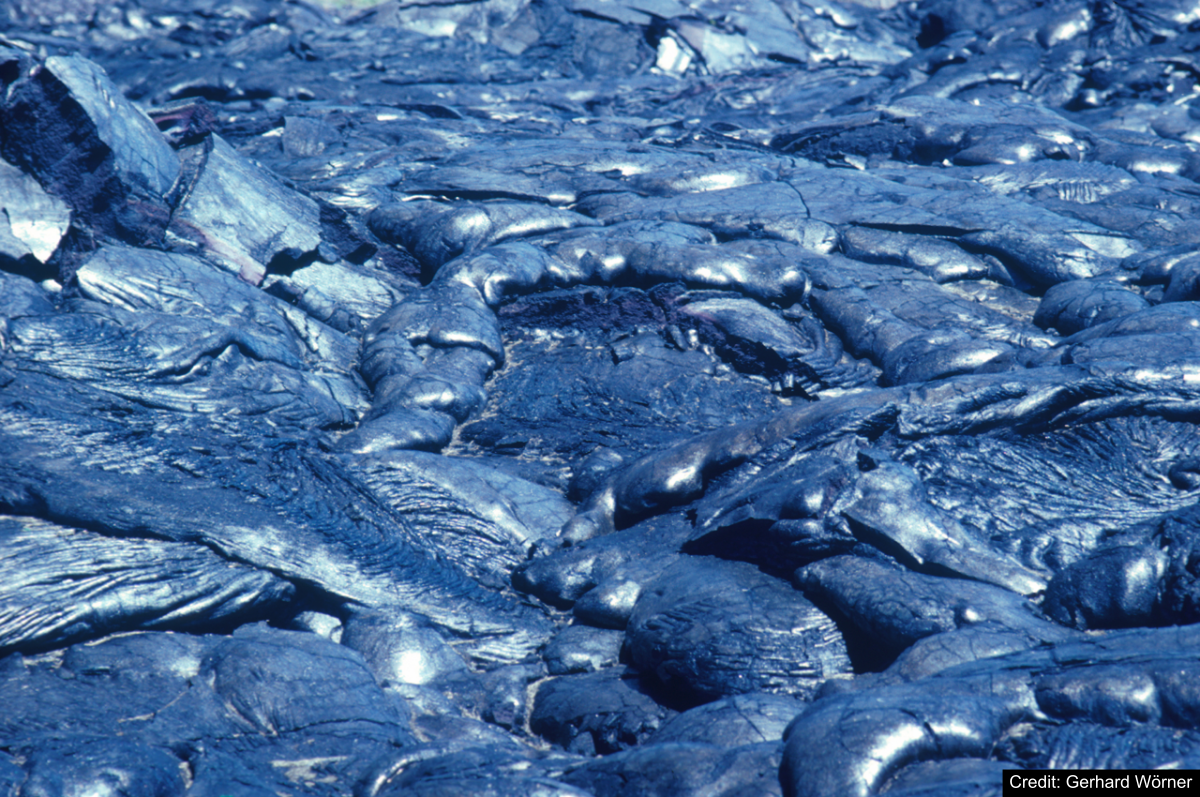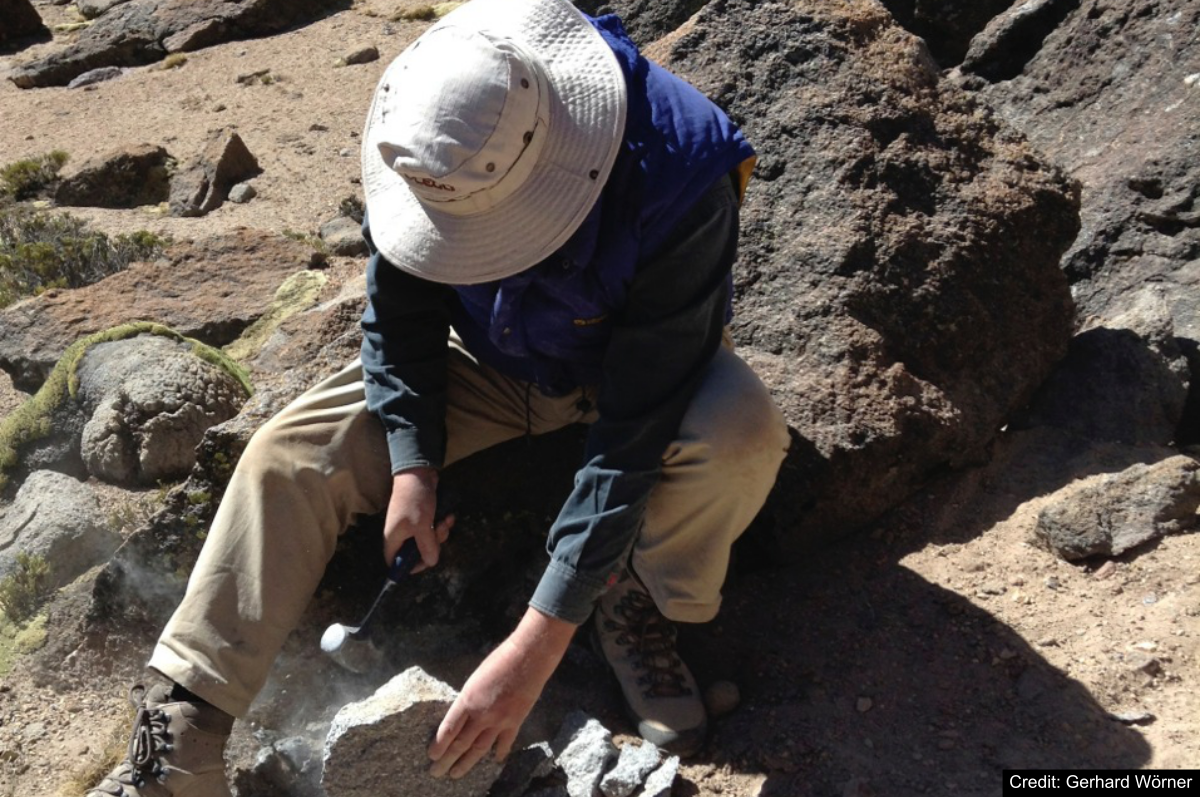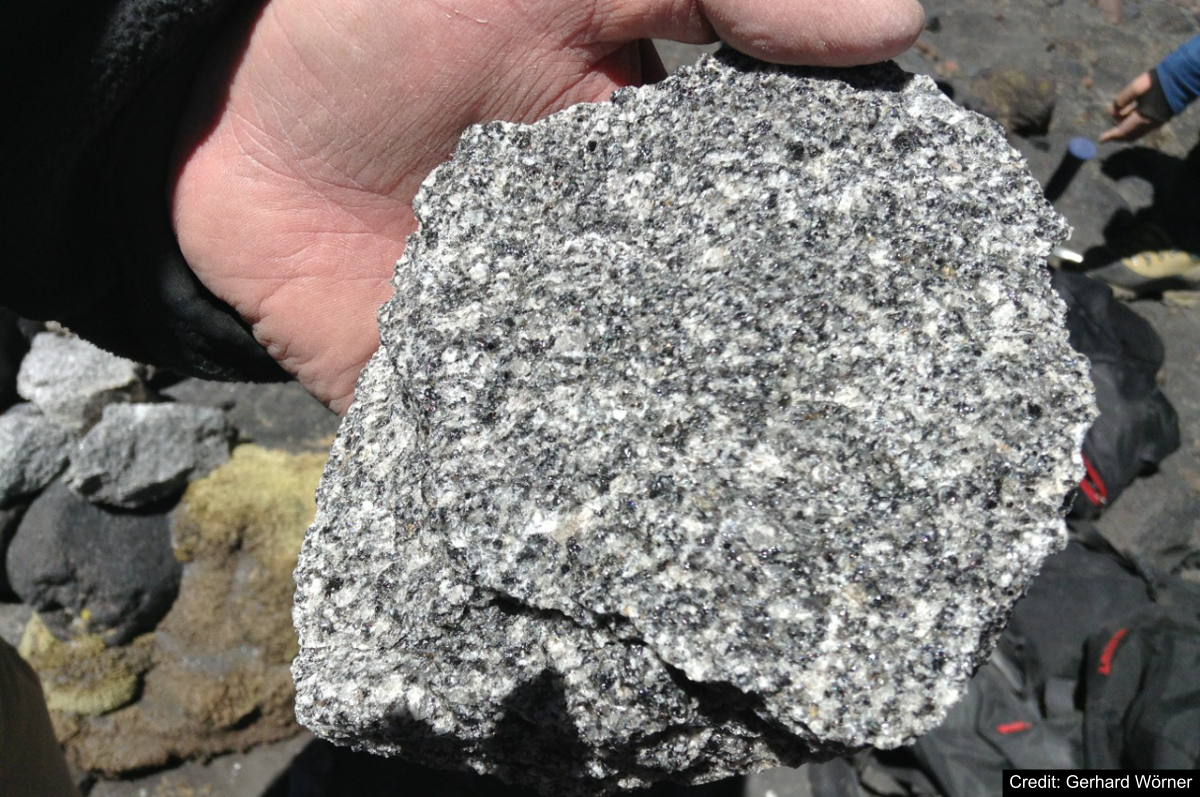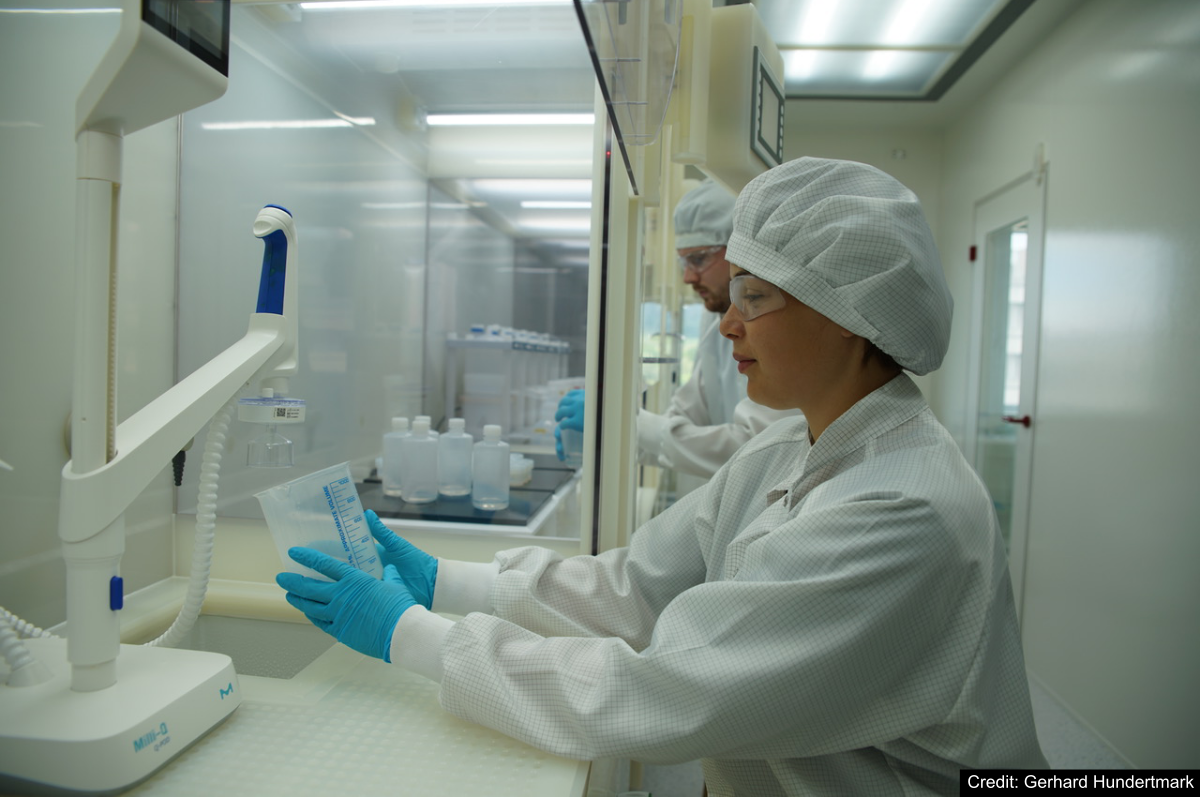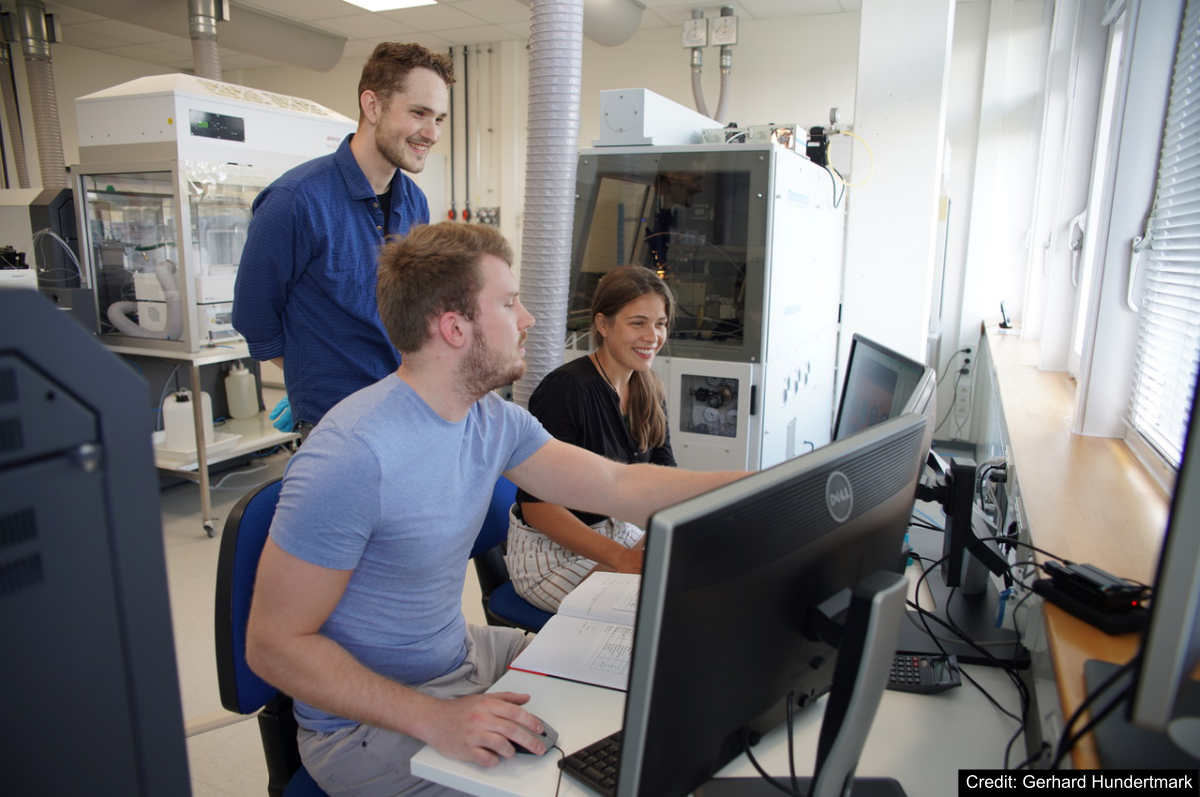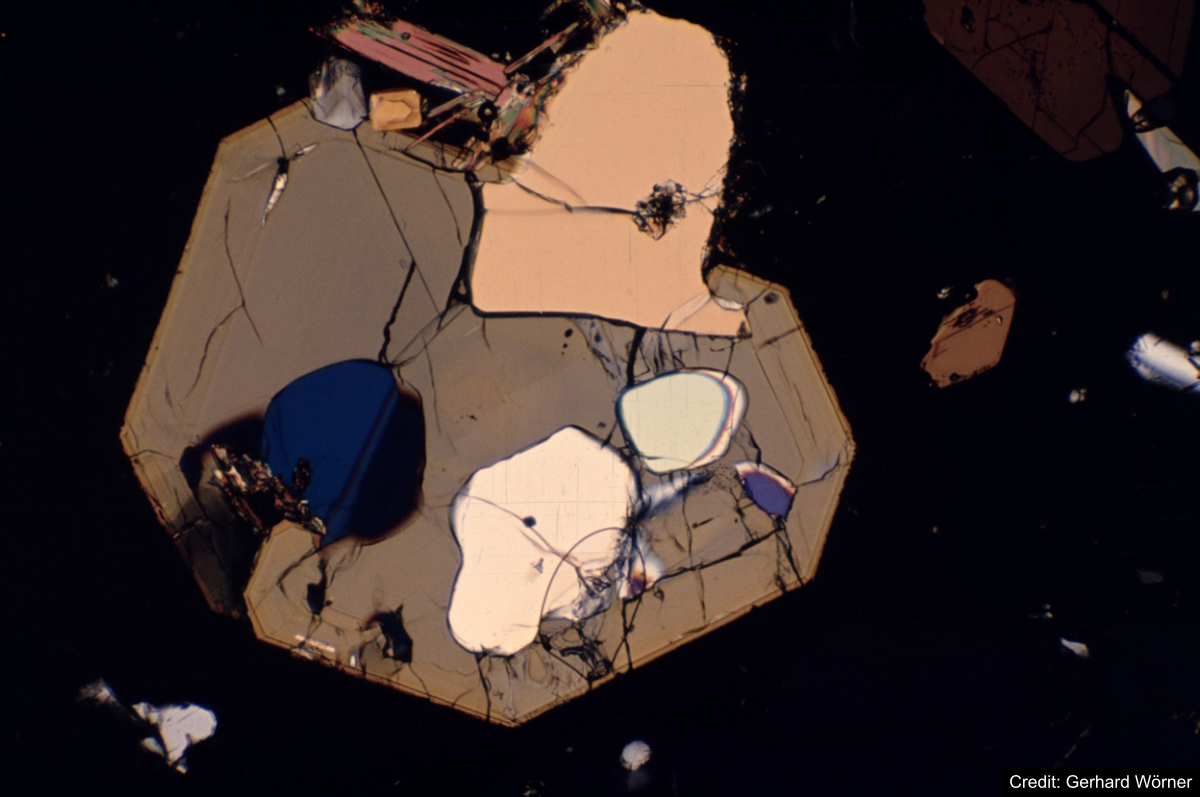Welcome
The GEOROC Database has recently been migrated to Göttingen University from the Max Planck Institute for Chemistry in Mainz, where it was developed and curated for over two decades. At Göttingen, the database IT-infrastructure will be updated as part of the
DIGIS-project of the Department of Geochemistry and Isotope Geology at the Geoscience Centre (GZG) and the University and State Library (SUB).
Within the next three years, the DIGIS-project will establish new options for data upload by authors, DOI-concession for individual uploaded data sets, data extraction tools, as well as strengthening links to other geochemical databases (e.g. PetDB of EarthChem).
An amended metadata scheme will be established in compliance with FAIR principles, based on the ODM2 and EarthChem data models. DIGIS and EarthChem both participate in the OneGeochemistry initiative aiming to create global standards for geochemical data. While the new GEOROC 2.0 database and its revised geochemical data infrastructure are under development, the existing GEOROC database will continue to be updated and this website will remain operational.
Whats New
The DIGIS-project has already implemented new features and updated others to improve user experience:
As you can see, we have also updated the look and feel of the GEOROC website. This update is a temporary measure to improve access to GEOROC data.
We will be launching an entirely new web interface for GEOROC 2.0 within the next few years.
History
History of the Database
The construction of the GEOROC database under the direction of Baerbel Sarbas began in January 1998 in the former Geochemistry Department of the Max Planck Institute for Chemistry, Mainz. Professor Albrecht Hofmann, then Director of the Geochemistry Department, took on six former employees of the Gmelin Institute (Frankfurt) that had just been discontinued by the Max Planck Society. GEOROC has been available online since the end of 1999. The database structure was developed in close cooperation with the group of PetDB, a petrological database of primarily ocean floor basalts started at a similar time at the Lamont-Doherty Earth Observatory of Columbia University, New York.
The content of the GEOROC database was initially limited to geochemical analyses of ocean island basalts, but was soon expanded to include samples of volcanic rocks from other tectonic environments and the mantle xenoliths they contain. All analyses of igneous rocks (plutonic and volcanic) published since 2017 are systematically included within the database.
After Professor Hofmann retired, the GEOROC group joined the Biogeochemistry department, then the newly Climate Geochemistry department of the Max Planck Institute for Chemistry. However, due to the contractual situation of the former Gmelin employees their number has steadily decreased. The last member of the original GEOROC group, Baerbel Sarbas, retired at the beginning of 2022.
In August 2021, the GEOROC database was formally transferred to the Georg-August-Universitaet Goettingen. The new DIGIS group, including Baerbel Sarbas, is continuing to maintain and grow the database. In addition, DIGIS is modernising the database infrastructure and expanding its international connectivity, which will be released under the brand of GEOROC 2.0 in 2024.
Meet the Team
The DIGIS-team is travelling to both EGU in Vienna and Goldschmidt in Prague this spring/summer alongside our sister database
GeoReM
If you want to learn more about our database, have ideas for us or just want to share our passion for geochemical data, please come by and have a chat.
You can find us here:
|
|
Goldschmidt, Prague 6 - 11 July
|

